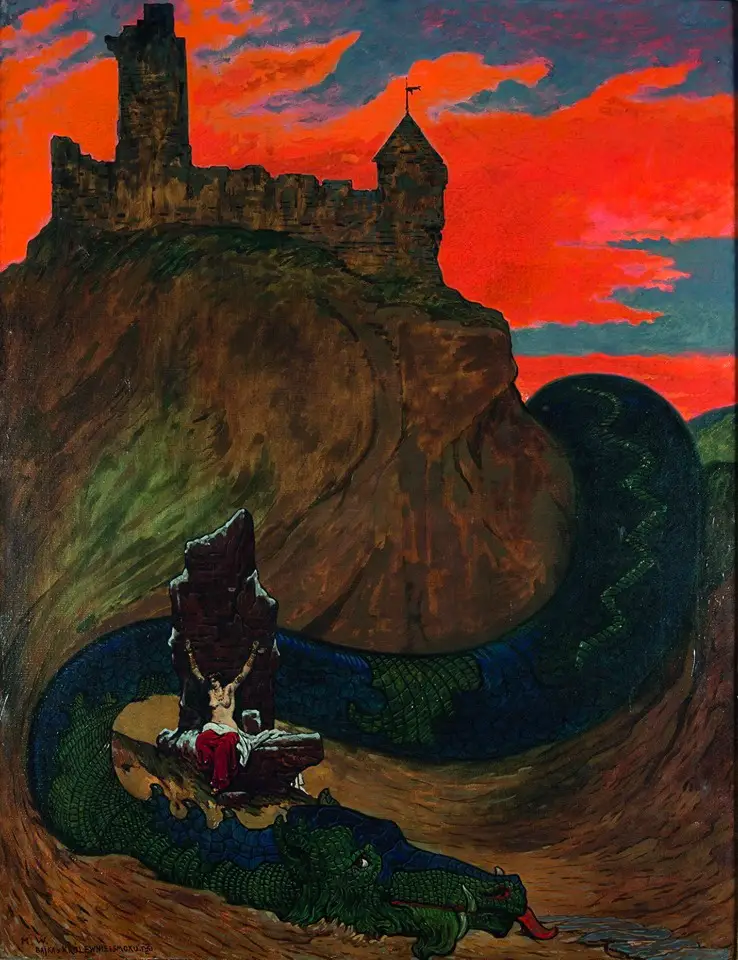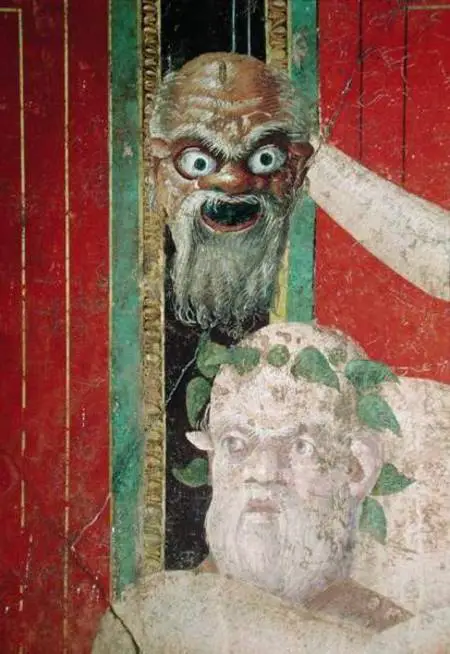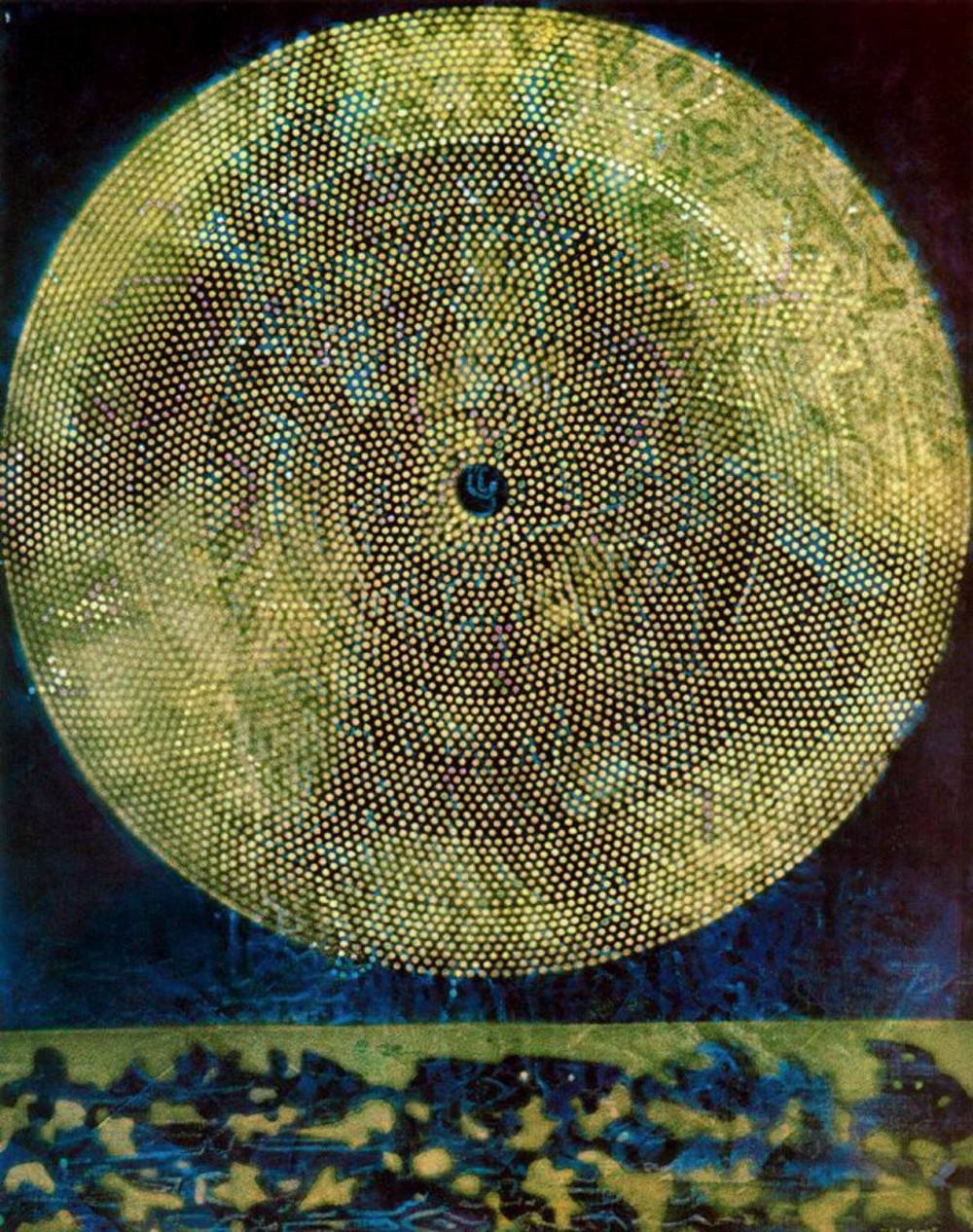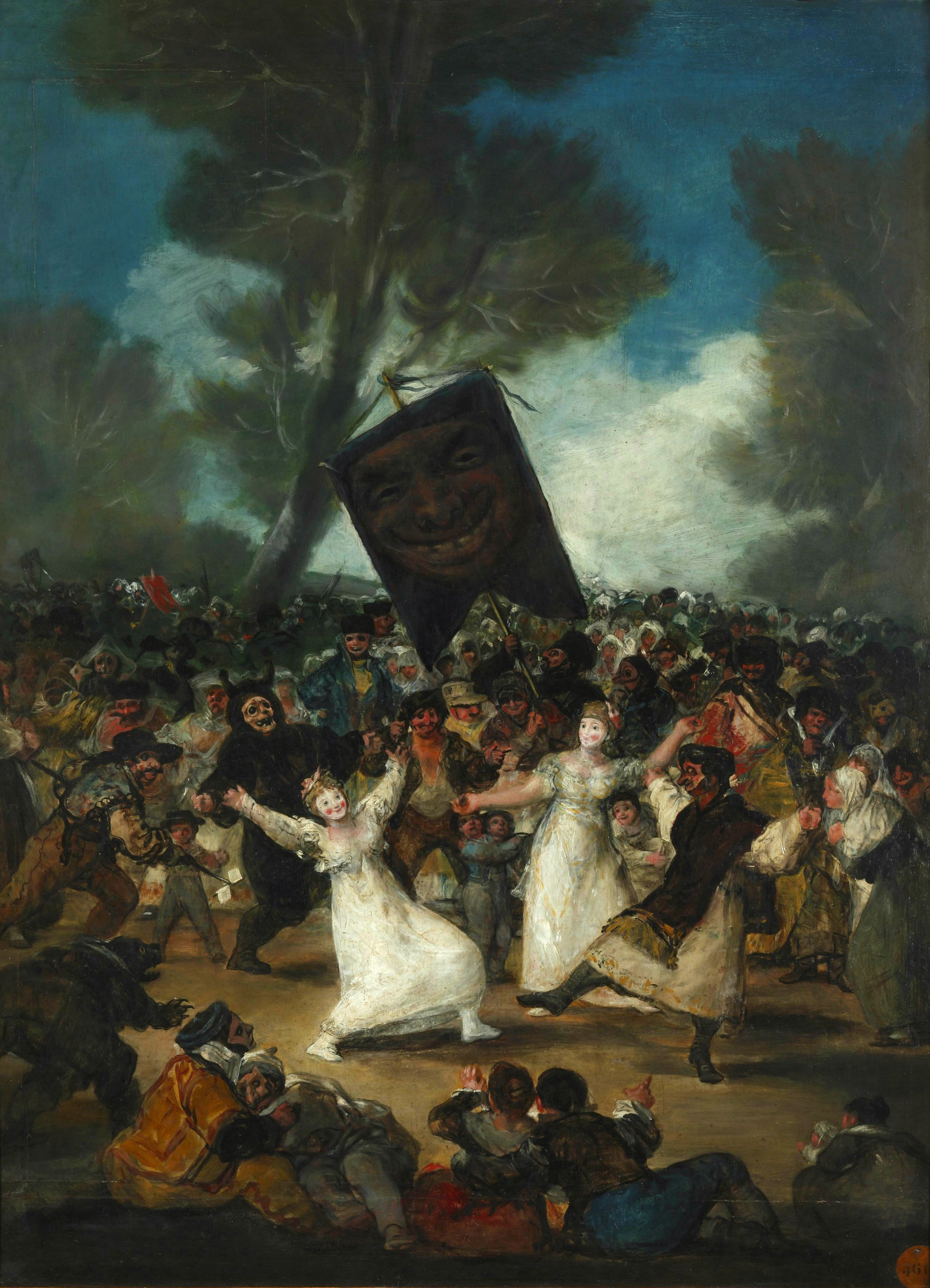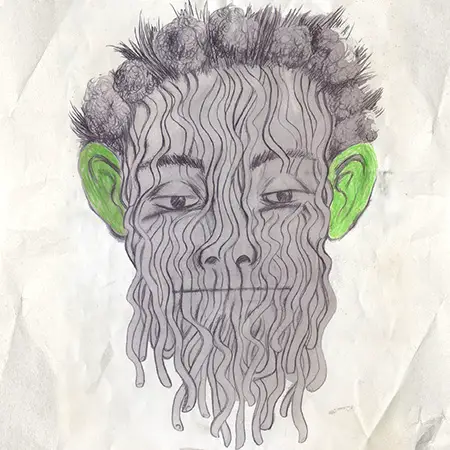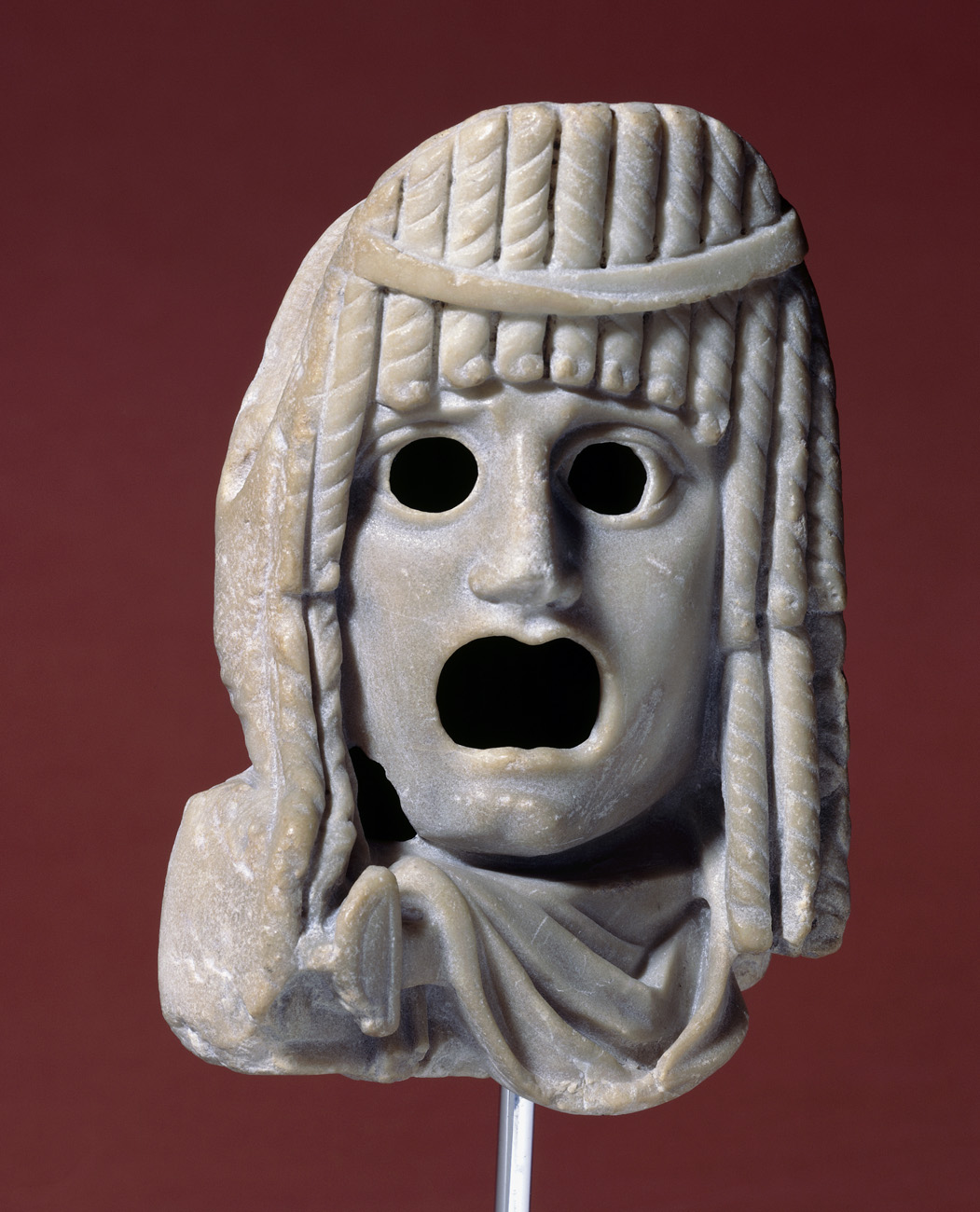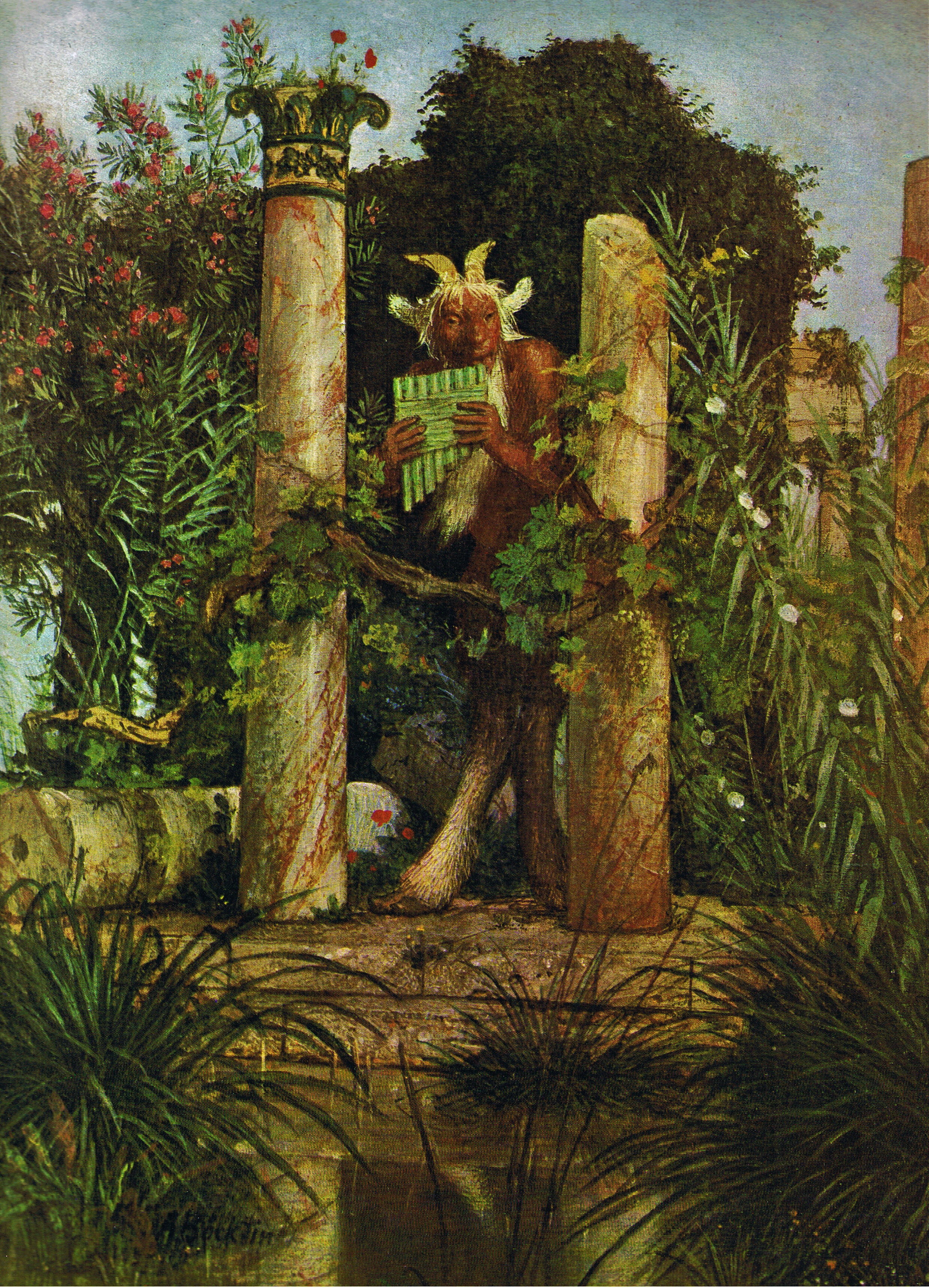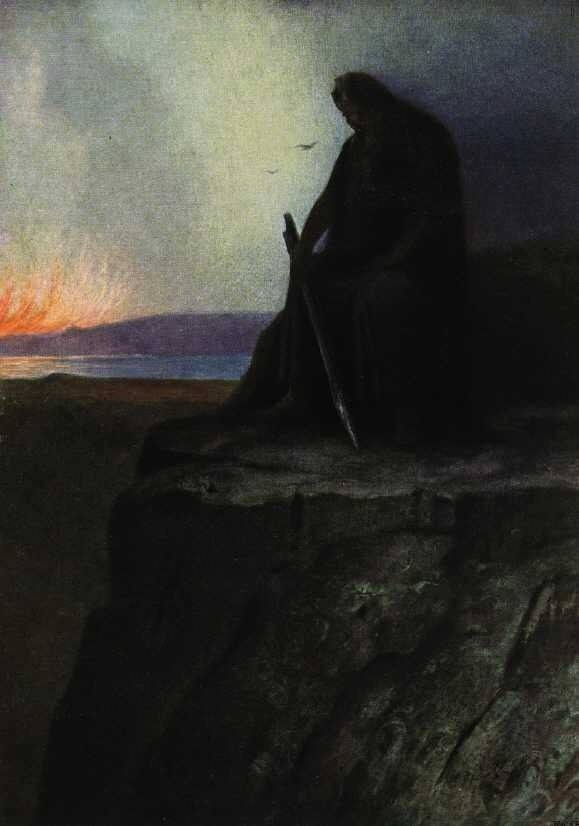«The god of places is the recognition that through the invisible character of the place it is possible to access wider contents. That is, that the god of the place is able to relate us to a deeper plane of reality and of the psyche that transcends the single site or individual.or". Let's go back to talking about Stefano Cascavilla's essay "The god of crossroads", recently released for Exorma, and already presented in June on our YouTube channel.
Tag: james hillman
The symbolism of the double serpent and the "guardian of the treasure"
Within the vast mythical corpus concerning the ophidic symbolism there are some mythologems, recurring all over the world, conveying certain initiatory knowledge whose universality goes beyond the spatial and chronological boundaries, such as that of the double serpent (Caduceus of Mercury, Iga and Pingala), that of the serpent who, standing beneath the worlds or surrounding the earth in the form of Ouroboros, holds the entire cosmic manifestation, and that of the dragon in the function of "Guardian of the treasure" that the hero must subdue and defeat in order to save the "Princess ".
Dionysus in the mirror: the mask, the Daimon and the metaphysics of the "other-than-self"
The mask and the metaphysics of the "other-than-self": the youthful initiations in ancient Rome and the Dionysian symbolisms according to Károli Kerényi and Walter Otto; L'"archetypality and paradigmatic nature of the archaic man "who, according to Mircea Eliade," recognizes himself "truly himself", only to the extent that he ceases to be "; the Daimon and the "Antithetic Mask" in WB Yeats's Vision; Dionysus in the mirror, Vishnu who dreaming creates the countless worlds and Thomas Ligotti's "solipsistic god of dreams".
The interiority is formed in chronospheres
In our psyche, especially in the unconscious, time is not only marked by numerically measurable intervals, like those of a chronometer, nor by cause and effect relationships, but also by many qualitative moments that reverberate with each other with own rhythms.
On the "duende" by García Lorca and the "spirit of the earth" by Ernst Jünger
A few notes on the correspondences between the duende, "occult spirit of aching Spain" according to Federico García Lorca, and the Jüngerian "spirit of the earth", with some glimpses of Octavio Paz. In the appendix, a full-bodied extract from the text of the Spanish poet.
"True Detective": Childress, Pan and the Wildermann
In view of the release, scheduled for January 14, of the third season of "True Detective", we propose to our readers the cycle of articles we curated for YAWP on the esoteric elements of the successful television series.
Arthur Machen and the awakening of the Great God Pan
The recent reprint of Arthur Machen's "folk horror" masterpiece allows us to shed light on one of the most fascinating phenomena of "pagan rebirth" in the modern West: the awakening of the Great God Pan in Victorian England, at the turn of the 800th century. and the '900.
"Ancient hypocrisy" and "modern hypocrisy": the mask and the "daimon"
Nine glosses (and an appendix) on the intimate meaning of “hypocrisy”, on the mask as a form of sacred discipline, on the personification of Yeats's “daimon” or anti-self; and again on the Rite, on the “Fall”, and on Love.
From Pan to the Devil: the 'demonization' and the removal of ancient European cults
di Marco Maculotti
cover: Arnold Böcklin, “Pan, the Syrinx-Blowing”, 1827
We have previously had the opportunity to see that, in the first centuries of our era and even during the medieval era, the cd. "Rural paganism" it kept its diffusion unchanged, especially in the areas further away from the large inhabited centers. St. Maximus noted that "in the fourth century (...) the first missionaries passed from city to city and rapidly spread the Gospel over a very large area, but they did not even touch the surrounding countryside", Then adding that" even in the fifth and sixth centuries, when most of them had long since been converted, in Gaul and Spain the Church, as shown by the repeated canons of the councils of the time, encountered great difficulty in suppressing the ancient rites with which peasants from time immemorial averted plagues e they increased the fertility of the flocks and fields"[AA Barb, cit. in Centini, p.101].
Cernunno, Odin, Dionysus and other deities of the 'Winter Sun'
di Marco Maculotti
cover: Hermann Hendrich, "Wotan", 1913
[follows from: Cosmic cycles and time regeneration: immolation rites of the 'King of the Old Year'].
In the previous publication we had the opportunity to analyze the ritual complex, recognizable everywhere among the ancient Indo-European populations, centered on theimmolation (real or symbolic) of the "King of the Old Year" (eg. Roman Saturnalia), as a symbolic representation of the "Dying Year" that must be sacrificed to ensure that the Cosmos (= the order of things), reinvigorated by this ceremonial action, grants the regeneration of Time and of the 'World' (in the Pythagorean meaning of Kosmos like interconnected unit) in the new year to come; year which, in this sense, becomes a micro-representation of the Aeon and, therefore, of the entire cyclical nature of the Cosmos. Let's now proceed toanalysis of some divinities intimately connected with the "solstitial crisis", to the point of rising to mythical representatives of the "Winter Sun" and, in full, of the "King of the Waning Year": Cernunno, the 'horned god' par excellence, as far as the Celtic area is concerned; Odin and the 'wild hunt' for the Scandinavian one and Dionysus for the Mediterranean area.


